Welcome to Workman’s #30DaysofGiving! This holiday season, we will be excerpting from some of our favorite books of the year and giving readers the chance to win a copy. Follow along by visiting our master digital advent calendar, and use the hashtag #30DaysofGiving on social media for daily updates.
HOW TO READ WATER by Tristan Gooley (Day 5)
The following is an excerpt from the book.
The Color of Water
Imagine you are sitting on a boat out at sea and a friend asks you the following question:
“What color is the sea?”
You glance around you, just checking that it is as stupid a question as it sounds, before confidently replying, “Blue. No, wait a minute . . . Green . . . Or maybe gray.”
At this point your friend leans down, dips a glass into the sea, pulls it out, and puts it in front of you. You stare at this glass of perfectly clear liquid and briefly consider your choice in friends. Then your mind turns to the color of the water at your favorite rivers, lakes, and coastlines, and you realize they are all slightly different.
The variety in the colors we see when we look at water is one of the reasons we love it, but far more people enjoy this array than give any thought to the reasons for it. The Celts certainly appreciated the challenge of trying to describe the color of water. They cheated by using a prefix, “glasto-,” to denote things that were blue/green/gray.
There are several parts to understanding water color. Each of them is very simple when considered on its own, but together they gang up to confuse people and make the subject appear much more complex than it needs to be. The four areas we will consider are: what is beneath the water, what is in the water, what is on the water, and the effect of light. The last of these, the relationship between light and water, we will begin to look at in this chapter and then, because it is a deep, rich, and fascinating area, we will explore it further in the next chapter.
The first thing to consider when trying to understand the colors you see in water is to work out whether you are looking at the water at all or whether you are actually looking at a reflection; sometimes this is obvious, but not always. Stand over a puddle and peer into it from directly above, and if the water is clear, you will be able to see several things. You might see your own reflection, you might see the ground below the puddle, or you might see some brown mud particles swirling in the water, particularly if someone has just walked through it. Each of these views is important in its own way, but the first thing to be aware of is that when we peer down into water, we have a choice of what to focus on, and this is because we are looking at it from a high angle, near the vertical.
However, if you now take twenty steps away from the puddle and look back at it, you will not see any of the mud or the ground beneath it; in fact, you will not see into any of the water itself, because all you will see are the reflections of whatever is at the same angle that you are looking from, on the other side. We cannot see into water at all if we view it from a low, glancing angle. This is very important when we’re thinking about the color of water, because in many circumstances when we think we are looking at the water, we are actually looking at something different and in the distance. Looking out to the sea in the distance is a great example: What we see in that situation is dominated by the reflection of the sky even further in the distance. This is why the distant sea appears blue in fine weather and gray on overcast days.
Staring down into a puddle or gazing out to sea are two extremes, and it is easy to predict what we will see in those situations. But it gets a tiny bit more challenging when we look across water that is both close to us and a little further away. When we stand on the bank of a broad river we will be able to see at least part of the way down into the water nearest our feet, but we will only see reflections from the water on the far side. This is why the colors will often appear dramatically different from one bank to the other. You will notice this if you look for it, but not if you don’t, because our brain has gotten used to this effect and so doesn’t register it as at all peculiar.
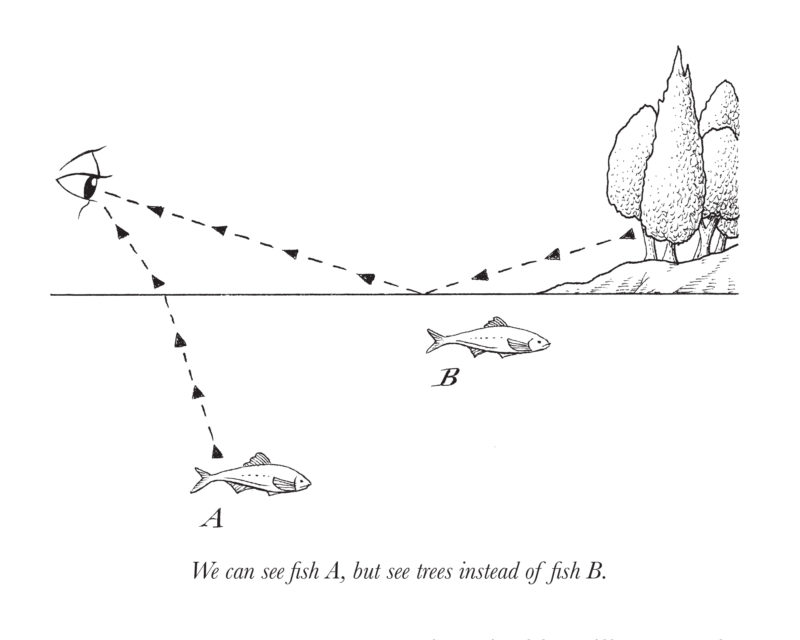
Try scanning your eyes slowly from one riverbank to the other to see if you can find the area where the shift takes place from looking at only reflections—the far bank—to being able to see into the water (it is easiest to gauge this effect if the river’s water is fairly clear). This transition will not take place in one exact spot as there are a few factors affecting it, including the angle and amount of the light that is coming from above and beyond. You should be able to notice that there is a patch where the shift takes place quite dramatically, (it is usually between 20 and 30 degrees or two or three extended fist-widths below horizontal).
The simplest experiment imaginable will prove that there is a fundamental relationship between light and the color of the water we see. At nighttime, place a glass of water in front of you, then turn off all the lights and the glass of water will disappear along with everything else in the room. The color of the water is black! That sounds so ridiculously obvious that it’s almost pointless, but there is a point and it’s this: Without the light hitting the water, it has no color at all. Light gives water its color.
Things become much more intriguing with the lights back on, when you compare the color of the water in a glass with the color of water in a bath. If your bathtub is plain white, try filling it until it is only a couple of inches deep and then peer in. You will see that it appears as totally colorless and transparent as the glass of water. Now continue to fill the bath until it’s as deep as sensibly possible. If you look at this slightly deeper water, can you see the faintest of blue tints has crept into it? That blue tint in the bath’s water is the reason that we see a blue sea when we look down from a boat into deep clear water.
Pure water is not colored, but it does absorb some color. When white light hits water, some gets reflected and some gets absorbed by the water molecules. The white light that enters the water is made up of all the colors of the rainbow, and the colors do not get absorbed equally. The reds, oranges, and yellows get absorbed by water more than the blue colors. The result of this is that the more water that white light has to travel through, the bluer it will appear when it emerges again. Have you ever noticed how a white object dropped in what appears to be clear, deep water turns a blue color before disappearing? If you pull a white bath plug from the bottom of a deep bath the opposite happens—it goes from the faintest blue to white.
As the scale increases from bathtub to swimming pool, the amount of water the light has to travel through grows, and so more red-to-yellow colors get absorbed, which is why we think of swimming pools as light blue, even if the bottom is white. Scientists have worked out the exact color that can travel furthest through the water without being absorbed: It is a blue-green color (They have even worked out its wavelength: 480 nanometers).
The next area to consider is what lies under the water you are looking at. The bathtub experiment works best if you have a plain, white bath for the simple reason that in shallow water, whatever is beneath the water will have a huge impact on the colors we see when we look at the water above it. On the beach you have probably noticed how the water gets darker from the spot where the waves break out to the deeper sea in the distance. But we are also used to the way each beach’s waters look unique, with its own trademark array of colors. This is because the seabed will color the water, and the shallower the water, the more impact it will have.
If you are on a beach of white sand, the shallowest water, where it barely covers your feet, will appear white, but not far away there will be water that is very light blue, farther still it is a slightly darker shade of blue and as your eyes move farther from the shore, the color darkens until the lightening from the sand is not a factor at all.
On beaches with golden sand or pebbles you will see the same effect, but the colors will be closer to blue-green, or turquoise, where the yellow and blue mix, and it will shift from the lightest to the darkest shades with depth. In terms of the seabed it is a simple case of mixing of colors, like on a palette; the deeper the water, the more blue that is added, but in shallower water the more the seabed color is mixed in.
Now we’re ready to combine three effects. If you stand in the sea, ankle-deep, you will be able to mix the color palette for yourself. Experiment with looking straight down, a few feet in front of you, and farther out, and try to sift the colors in relation to the blue tint of the water, the hue from the bottom, and the reflections from the sky.
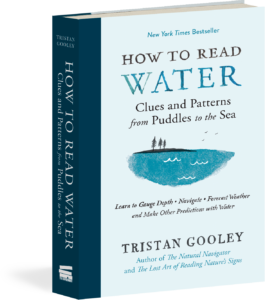 About the Book:
About the Book:
A New York Times Bestseller
Read the sea like a Viking and interpret ponds like a Polynesian—with a little help from the “natural navigator”!
In his eye-opening books The Lost Art of Reading Nature’s Signsand The Natural Navigator, Tristan Gooley helped readers reconnect with nature by finding direction from the trees, stars, clouds, and more. Now, he turns his attention to our most abundant—yet perhaps least understood—resource.
Distilled from his far-flung adventures—sailing solo across the Atlantic, navigating with Omani tribespeople, canoeing in Borneo, and walking in his own backyard—Gooley shares hundreds of techniques in How to Read Water. Readers will:
- Find north using puddles
- Forecast the weather from waves
- Decode the colors of ponds
- Spot dangerous water in the dark
- Decipher wave patterns on beaches, and more!
Buy the Book
Amazon | B&N | Indiebound | Workman
Still need help finding a gift? Message our Holiday Hotline for personalized suggestions.

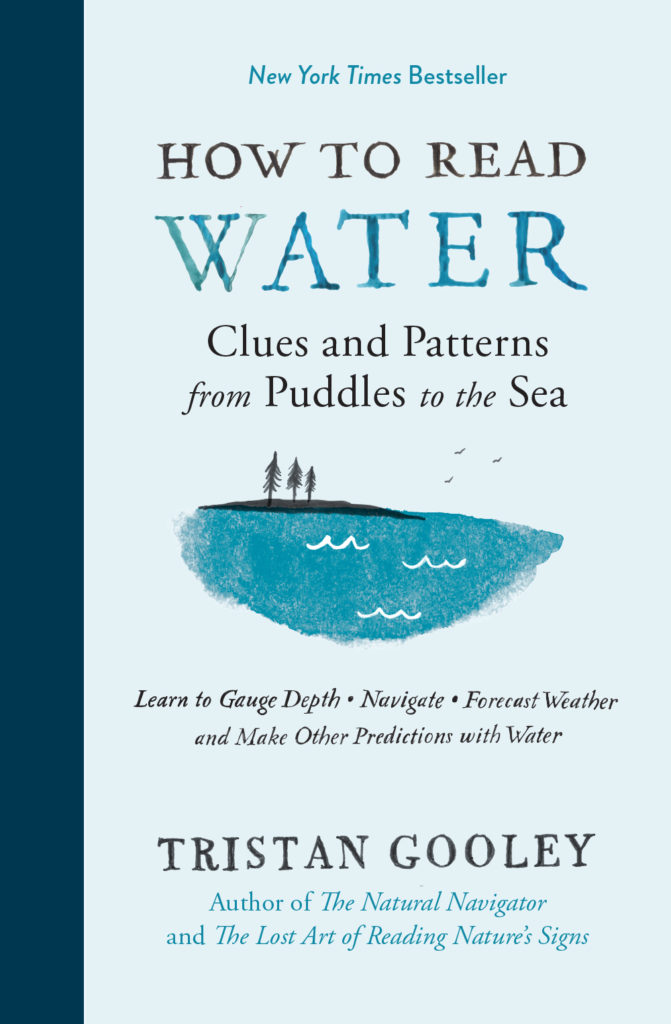

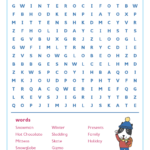
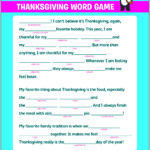


No Comments